Coffee is a versatile drink that can be brewed in many different ways. Each brewing method has its own advantages and disadvantages, and can produce different flavors and aromas. In this article, we will explore 18 different ways to brew coffee and how they affect the taste and quality of your cup.
Brewing Methods that Use Pressure
Pressure brewing involves forcing hot water through finely ground coffee beans at high pressure. This results in a strong and concentrated brew with a rich crema on top. Pressure brewing is usually done by machines, but some methods can be done manually.
Espresso Machine
An espresso machine is the most common and popular way to brew coffee using pressure. It uses a pump or a lever to create high pressure and push hot water through a metal filter basket filled with finely ground coffee. The extraction time is very short, usually between 20 to 30 seconds, and the brew ratio is very low, usually between 1:1 to 1:3 (coffee to water). The result is a shot of espresso that has a full-bodied flavor, a balanced acidity, and a thick crema.
Espresso machines can be expensive and require regular maintenance and cleaning. They also need a good grinder to ensure a consistent and fine grind size. Espresso machines can be used to make other drinks such as cappuccinos, lattes, and americanos by adding milk or water.
Moka Pot
A moka pot is a stovetop device that brews coffee using pressure. It consists of three parts: a bottom chamber that holds water, a middle chamber that holds coffee grounds, and a top chamber that collects the brewed coffee. The water in the bottom chamber boils and creates steam, which rises up and passes through the coffee grounds in the middle chamber. The brewed coffee then travels up to the top chamber through a metal tube.
A moka pot produces a strong and flavorful brew that is similar to espresso, but not as concentrated or pressurized. It has a lower brew ratio, usually between 1:4 to 1:7 (coffee to water), and a longer extraction time, usually between 5 to 10 minutes. The result is a cup of coffee that has a full-bodied flavor, a low acidity, and a slight bitterness.
Moka pots are inexpensive and easy to use, but they require careful attention and timing to avoid over-extraction or burning. They also need a medium-fine grind size to prevent clogging or under-extraction. Moka pots can be used to make other drinks such as café cubano or café con leche by adding sugar or milk.
AeroPress
An AeroPress is a manual device that brews coffee using pressure. It consists of two plastic cylinders that fit together: one with a filter cap and one with a plunger. The filter cap holds a paper or metal filter and the plunger has a rubber seal. To use it, you place the filter cap on the bottom cylinder, add coffee grounds and hot water, stir briefly, and then press the plunger down slowly until it reaches the bottom.
An AeroPress produces a smooth and clean brew that is similar to drip coffee, but more concentrated and flavorful. It has a variable brew ratio, depending on how much water you use, but usually between 1:10 to 1:16 (coffee to water). It also has a variable extraction time, depending on how fast you press the plunger down, but usually between 1 to 3 minutes. The result is a cup of coffee that has a medium-bodied flavor, a balanced acidity, and no bitterness.
AeroPresses are inexpensive and easy to use, but they require some practice and experimentation to find your preferred recipe. They also need a fine grind size to prevent under-extraction or leakage. AeroPresses can be used to make other drinks such as cold brew or espresso-like shots by changing the water temperature or pressure.
Brewing Methods that Use Immersion
Immersion brewing involves soaking coffee grounds in hot or cold water for a certain amount of time. This allows for a full and even extraction of the coffee flavors and aromas. Immersion brewing is usually done by manual devices, but some methods can be done by machines.
French Press
A French press is a manual device that brews coffee using immersion. It consists of a glass or metal carafe with a metal filter and a plunger. To use it, you add coarsely ground coffee and hot water to the carafe, stir briefly, and then let it steep for 3 to 5 minutes. Then you press the plunger down slowly to separate the coffee grounds from the brewed coffee.
A French press produces a rich and full-bodied brew that has a lot of flavor and aroma. It has a high brew ratio, usually between 1:15 to 1:18 (coffee to water), and a medium extraction time, usually between 3 to 5 minutes. The result is a cup of coffee that has a full-bodied flavor, a low acidity, and some sediment.
French presses are inexpensive and easy to use, but they require careful attention and timing to avoid over-extraction or bitterness. They also need a coarse grind size to prevent clogging or over-extraction. French presses can be used to make other drinks such as cold brew or tea by changing the water temperature or steeping time.
Clever Dripper
A Clever Dripper is a manual device that brews coffee using immersion and filtration. It consists of a plastic cone with a valve at the bottom and a paper filter. To use it, you place the paper filter in the cone, add medium-fine ground coffee and hot water, stir briefly, and then let it steep for 2 to 4 minutes. Then you place the cone on top of a mug or carafe, which opens the valve and lets the brewed coffee drip through.
A Clever Dripper produces a smooth and clean brew that is similar to drip coffee, but more flavorful and consistent. It has a medium brew ratio, usually between 1:15 to 1:17 (coffee to water), and a medium extraction time, usually between 2 to 4 minutes. The result is a cup of coffee that has a medium-bodied flavor, a balanced acidity, and no sediment.
Clever Drippers are inexpensive and easy to use, but they require careful attention and timing to avoid over-extraction or bitterness. They also need a medium-fine grind size to prevent under-extraction or leakage. Clever Drippers can be used to make other drinks such as cold brew or tea by changing the water temperature or steeping time.
Cold Brew
Cold brew is a method that brews coffee using immersion and cold water. It can be done by various devices, such as mason jars, French presses, or specialized cold brew makers. To use it, you add coarsely ground coffee and cold water to your device, stir briefly, and then let it steep in the fridge for 12 to 24 hours. Then you filter out the coffee grounds from the brewed coffee.
Cold brew produces a smooth and refreshing brew that has less acidity and bitterness than hot brewed coffee. It has a low brew ratio, usually between 1:4 to 1:8 (coffee to water), and a long extraction time, usually between 12 to 24 hours. The result is a cup of coffee that has a full-bodied flavor, a low acidity, and a natural sweetness.
Cold brew is inexpensive and easy to make, but it requires a lot of time and patience to brew. It also needs a coarse grind size to prevent over-extraction or bitterness. Cold brew can be used to make other drinks such as iced coffee or coffee cocktails by adding ice, milk, or other ingredients.
Brewing Methods that Use Filtration
Filtration brewing involves pouring hot water over coffee grounds and letting it drip through a paper or metal filter into a cup or carafe. This results in a smooth and clean brew with less oils and sediment. Filtration brewing is usually done by machines, but some methods can be done manually.
Drip Machine
A drip machine is an electric device that brews coffee using filtration. It consists of a water reservoir, a heating element, a showerhead, a filter basket, and a carafe. To use it, you add medium-fine ground coffee and water to the machine, turn it on, and let it do the rest. The machine heats the water and sprays it over the coffee grounds in the filter basket, which then drips into the carafe.
A drip machine produces a consistent and convenient brew that is suitable for everyday drinking. It has a variable brew ratio, depending on how much water and coffee you use, but usually between 1:15 to 1:18 (coffee to water). It also has a variable extraction time, depending on the machine settings and features, but usually between 3 to 6 minutes. The result is a cup of coffee that has a medium-bodied flavor, a balanced acidity, and no sediment.
Drip machines are inexpensive and easy to use, but they have limited control and customization options. They also need regular cleaning and descaling to prevent mineral buildup and mold growth. Drip machines can be used to make other drinks such as iced coffee or tea by changing the water temperature or adding ice.
Pour Over
Pour over is a manual method that brews coffee using filtration. It consists of a cone-shaped device with a paper or metal filter and a kettle with a gooseneck spout. To use it, you place the device on top of a mug or carafe, add medium-fine ground coffee and hot water to the device, and pour the water slowly and evenly over the coffee grounds in a circular motion.
Pour over produces a delicate and nuanced brew that highlights the flavor and aroma of the coffee beans. It has a low brew ratio, usually between 1:15 to 1:17 (coffee to water), and a short extraction time, usually between 2 to 3 minutes. The result is a cup of coffee that has a light-bodied flavor, a high acidity, and no sediment.
Pour over is inexpensive and easy to use, but it requires some skill and practice to master. It also needs precise measurements and timing to achieve optimal results. Pour over can be used to make other drinks such as cold brew or tea by changing the water temperature or steeping time.
Chemex
Chemex is a manual method that brews coffee using filtration. It consists of an hourglass-shaped glass carafe with a wooden collar and a thick paper filter. To use it, you place the filter in the top part of the carafe, add medium-coarse ground coffee and hot water to the filter, and pour the water slowly and evenly over the coffee grounds in several stages.
Chemex produces a smooth and elegant brew that has less oils and bitterness than other methods. It has a medium brew ratio, usually between 1:15 to 1:17 (coffee to water), and a medium extraction time, usually between 3 to 5 minutes. The result is a cup of coffee that has a medium-bodied flavor, a balanced acidity, and no sediment.
Chemex is inexpensive and easy to use, but it requires careful attention and timing to avoid over-extraction or bitterness. It also needs a medium-coarse grind size to prevent clogging or under-extraction. Chemex can be used to make other drinks such as cold brew or tea by changing the water temperature or steeping time.
Brewing Methods that Use Boiling
Boiling brewing involves heating coffee grounds and water together in a pot or kettle until boiling. This results in a strong and robust brew with more oils and sediment. Boiling brewing is usually done by manual devices, but some methods can be done by machines.
Turkish Coffee
Turkish coffee is a method that brews coffee using boiling. It consists of a small metal pot called a cezve or ibrik with a long handle and a spout. To use it, you add very finely ground coffee, sugar, and water to the pot, and heat it over low heat until it forms a thick layer of foam on top. You then pour the coffee carefully into small cups, making sure to preserve the foam.
Turkish coffee produces a rich and intense brew that has a lot of flavor and aroma. It has a very low brew ratio, usually between 1:5 to 1:10 (coffee to water), and a short extraction time, usually between 1 to 2 minutes. The result is a cup of coffee that has a full-bodied flavor, a low acidity, and some sediment.
Turkish coffee is inexpensive and easy to make, but it requires very fine grind size to achieve optimal results. It also needs constant stirring and monitoring to prevent boiling over or burning. Turkish coffee can be flavored with spices such as cardamom or cinnamon for extra taste.
Cowboy Coffee
Cowboy coffee is a method that brews coffee using boiling. It consists of a large metal pot or kettle with a handle and a lid. To use it, you add coarsely ground coffee and water to the pot, and bring it to a boil over high heat. You then remove the pot from the heat and let it sit for 4 to 5 minutes. You then add some cold water or tap the side of the pot to settle the grounds at the bottom.
Cowboy coffee produces a simple and rustic brew that is suitable for camping or outdoor activities. It has a high brew ratio, usually between 1:15 to 1:18 (coffee to water), and a long extraction time, usually between 4 to 5 minutes. The result is a cup of coffee that has a full-bodied flavor, a low acidity, and some sediment.
Cowboy coffee is inexpensive and easy to make, but it requires careful attention and timing to avoid over-boiling or bitterness. It also needs a coarse grind size to prevent over-extraction or clogging. Cowboy coffee can be flavored with milk, sugar, or other ingredients for extra taste.
Brewing Methods that Use Pods
Pod brewing involves using pre-packaged capsules or pods that contain ground coffee and a filter. The pods are inserted into a machine that pierces them and forces hot water through them at high pressure. This results in a quick and convenient brew with less mess and waste. Pod brewing is usually done by electric machines, but some methods can be done manually.
Keurig
Keurig is a brand of electric machines that brew coffee using pods called K-Cups. To use it, you insert a K-Cup into the machine, select your desired brew size and strength, and press a button. The machine heats the water and pumps it through the K-Cup into your mug or carafe.
Keurig produces a consistent and convenient brew that is suitable for busy or lazy people. It has a variable brew ratio, depending on the size and strength of the K-Cup, but usually between 1:15 to 1:18 (coffee to water). It also has a very short extraction time, usually between 30 to 60 seconds. The result is a cup of coffee that has a medium-bodied flavor, a balanced acidity, and no sediment.
Keurig machines are expensive and easy to use, but they have limited control and customization options. They also need regular cleaning and descaling to prevent mineral buildup and mold growth. Keurig machines can be used to make other drinks such as iced coffee, tea, or hot chocolate by using different types of K-Cups.
Nespresso
Nespresso is a brand of electric machines that brew coffee using pods called capsules. To use it, you insert a capsule into the machine, select your desired brew size and intensity, and press a button. The machine heats the water and pumps it through the capsule at high pressure into your cup or glass.
Nespresso produces a smooth and elegant brew that is similar to espresso, but not as concentrated or pressurized. It has a low brew ratio, usually between 1:10 to 1:16 (coffee to water), and a very short extraction time, usually between 20 to 30 seconds. The result is a shot of coffee that has a full-bodied flavor, a balanced acidity, and a thick crema.
Nespresso machines are expensive and easy to use, but they have limited control and customization options. They also need regular cleaning and descaling to prevent mineral buildup and mold growth. Nespresso machines can be used to make other drinks such as cappuccinos, lattes, or americanos by adding milk or water.
Conclusion
Coffee is a fascinating and versatile drink that can be brewed in many different ways. Each brewing method has its own advantages and disadvantages, and can produce different flavors and aromas. In this article, we explored 18 different ways to brew coffee and how they affect the taste and quality of your cup.
We hope you enjoyed this article and learned something new about coffee brewing methods. If you want to try some of these methods yourself, you will need good quality coffee beans, a grinder, a kettle, and your preferred device. You can also experiment with different variables such as grind size, water temperature, brew ratio, extraction time, and additives to find your perfect cup of coffee.
Happy brewing!
Order Online
Confederate Coffee Company is a high-quality coffee brand that not only provides a great-tasting brew but also supports a great cause. By purchasing Confederate Coffee Company coffee online, you are supporting a small business that is committed to preserving and promoting Southern heritage and culture. Not only that, but the coffee is also ethically sourced and roasted to perfection, ensuring that each cup is both delicious and sustainable. Whether you’re a coffee connoisseur or just looking for a way to support a worthy cause, Confederate Coffee is the perfect choice. So why not add a bag or two to your cart and enjoy a great cup of coffee while supporting a cause you believe in?


